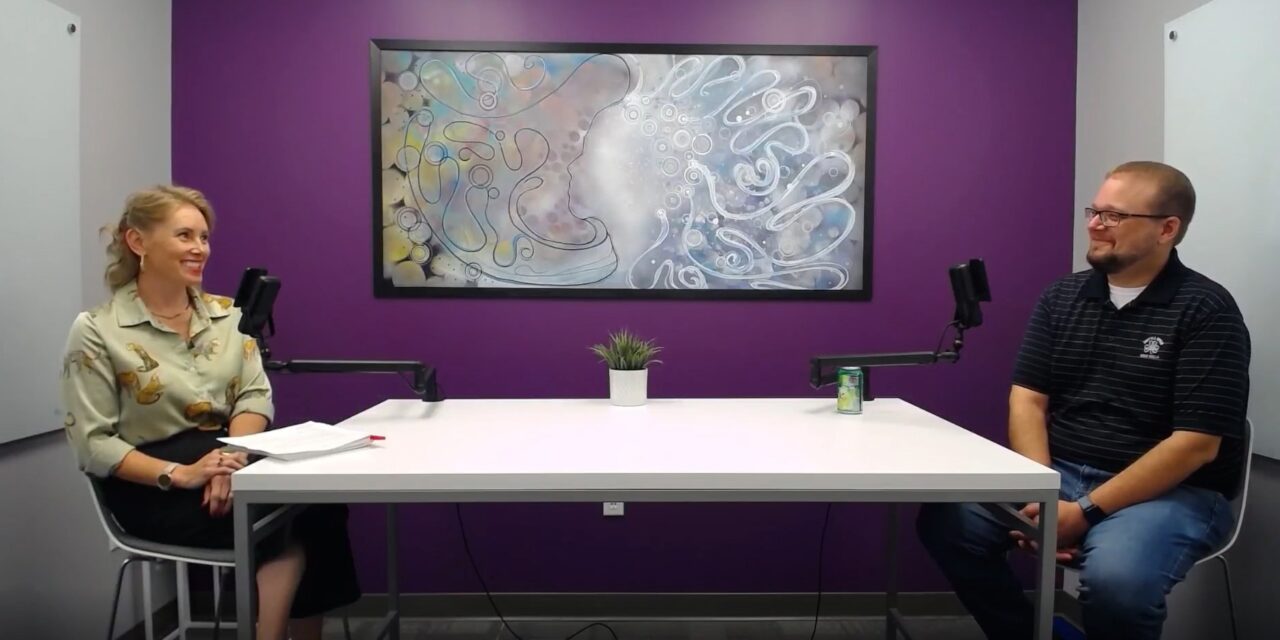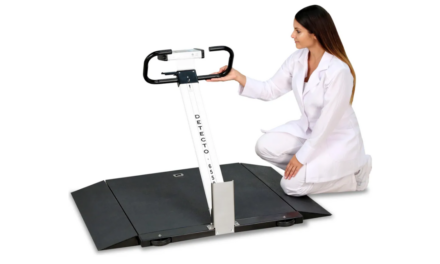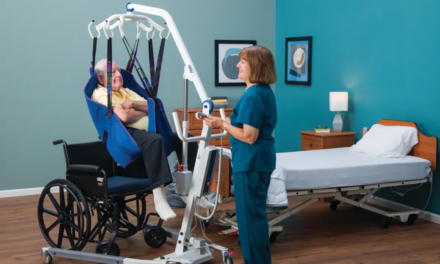Senior living is facing a historic shift. The U.S. is aging faster than the workforce can keep up. This “care gap” is creating urgent pressure on communities. Rising costs, staffing shortages, and increasing demand for compassionate care all collide in ways that can feel overwhelming. But innovation in healthcare technology offers a path forward.
One of the most promising solutions? Robotics and task automation.
Why robotics matters in senior living
Robotics is a proven model of workforce augmentation through filling gaps, not replacing caregivers. By automating repetitive, time-consuming tasks, communities return valuable time to caregivers so they can focus on what matters most: caring for seniors.
Justin Smith
Senior Innovation and Technology Manager
“If people come in and they say, ‘Robotics is doing all of the dull, dirty tasks around the building and it’s freeing up caregivers to actually spend time interacting with residents’ That’s a building I’d be in.“
With the right tools, communities can:
- Relieve staffing shortages.
- Improve efficiency with floor cleaning robots and delivery automation.
- Reduce burnout with smarter workflows.
- Prepare for the future of senior living with scalable technology.
Practical applications of healthcare technology today
Technology in healthcare has rapidly advanced in the last decade, and robotics is a leading example. These are not futuristic prototypes, they’re available, proven solutions already delivering measurable impact in care environments.
- Delivery robotics: Food service robots like Servi Plus transport meals, linens, and supplies, saving staff hours each week.
- Environmental services (EVS robotics): Solutions like Whiz by SoftBank Robotics America reduce repetitive labor and reallocate time toward higher-value engagement with residents.
As one staff member explained after adoption: “Whiz helps us keep the hallways and common areas clean so we can focus more on resident care.”
Results in action
Direct Supply partnered with Sabra Healthcare REIT to pilot cleaning robots in senior living communities. The results were clear:
- Performance: Over 1.2 million square feet of space cleaned, saving nearly 300 hours of manual labor.
- Consistency: Routine cleaning reduced debris and boosted confidence in daily hygiene.
- Labor reallocation: Staff redirected time toward direct care and resident engagement.
- Resident experience: One resident shared, “It’s nice to know the carpets are getting cleaned every day, not just when someone has time.”
These outcomes prove that robotics is both a workforce extender and a resident-experience enhancer. And the impact didn’t stop there. What started as a two-community pilot quickly grew across Sabra’s portfolio. The investment proved its value, delivering consistent, reliable cleaning that eases the burden on staff, delights residents, and scales seamlessly across communities. Robotics is no longer an experiment; it’s a proven strategy to strengthen portfolios and create lasting operational value.
Preparing for the future of senior living
Adopting new healthcare technology isn’t just about solving today’s problems, it’s about preparing for tomorrow’s realities. Designing spaces ready for healthcare technology trends like robotics will be essential.
Erin Berry
Senior Director, Interior Design
“By the time a new building opens, it might be too late to redesign for robotics. You have to make sure your building is ready for adoption, even if you’re not adopting yet, you probably will in the next 10 years.“
Forward-thinking providers will gain an edge by extending workforce capacity without adding headcount, enhancing resident satisfaction with consistent and reliable service, and reducing operational costs through scalable automation. At the same time, they will build a culture of innovation that attracts both residents and staff, positioning their communities as leaders prepared for the future of senior living.
The bottom line
The future of senior living will be shaped by providers who act today. Robotics allows communities to close the care gap, protect staff well-being, and elevate the resident experience.
“We’re not asking you to change the world today, just try something. Because if you don’t, you are going to fall behind the people that are.”
– Justin Smith, Senior Innovation and Technology Manager
Robotics isn’t just about machines, it’s about creating communities where technology supports compassion, dignity, and human connection.






